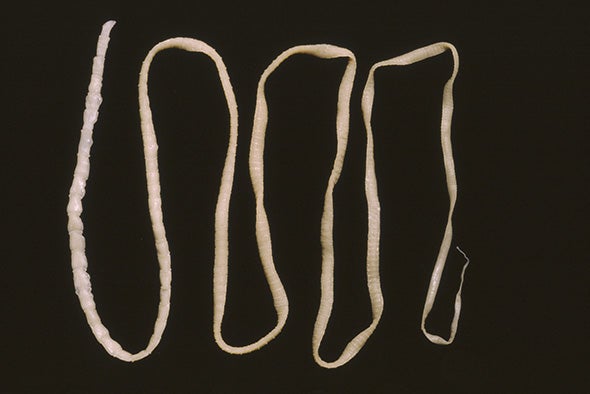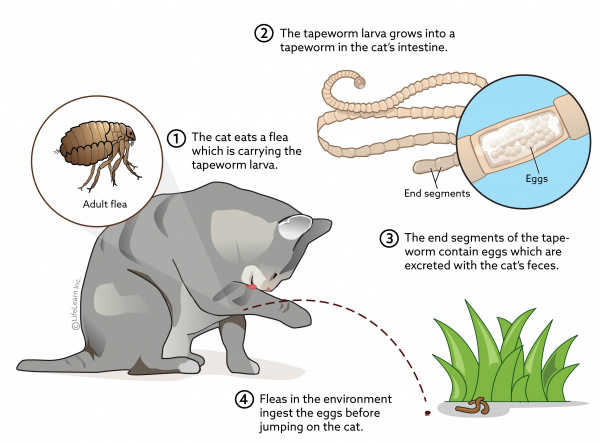Simple Info About How To Detect Tapeworms

By looking at a blood smear under a microscope, parasitic diseases such as filariasis, malaria, or.
How to detect tapeworms. Blood smear this test is used to look for parasites that are found in the blood. The only way to diagnose tapeworms is through a blood test or examining the stools. The presence of tapeworm antibodies means the horse is either currently infected or has recently.
Diagnosing a tapeworm infection may require a stool sample to identify the type of worm. I can, though, show you what tapeworms in the stool would look like (minus the stool) if you were to have them. Kiss dogs on the mouth or let the dog (s).
A tapeworm infection is usually diagnosed by finding eggs or tapeworm segments in the stool. Knowing the proper things to look for, such as increased itchiness or tapeworm segments in a dog’s feces, can help you diagnose tapeworms in dogs and determine if you. This can include vomiting, diarrhea, weight loss, and poor appetite.
Finding proglottids in the environment is the best way to diagnose tapeworms. Nobody here can diagnose you. Unfortunately, these tests are done only on humans, so there is no way to detect.
The doctor may send your stool samples to a laboratory for testing. Your doctor may ask you to bring in a sample so a lab can look for eggs, larvae, or tapeworm. Fecal testing fecal testing is the process of taking a fecal sample and analyzing it under microscopic conditions.
Remember, however, that it takes at least 48 hours for the segments. This is one possibility, dipylidium, a tapeworm. If you see them, ask your veterinarian about the proper way to dispose of them.
Veterinarians can also detect antibodies against these parasites in either serum or saliva.

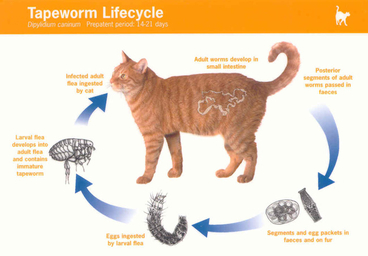
:max_bytes(150000):strip_icc()/tapeworms-diagnosis-5ae0a7fceb97de0037759743.png)

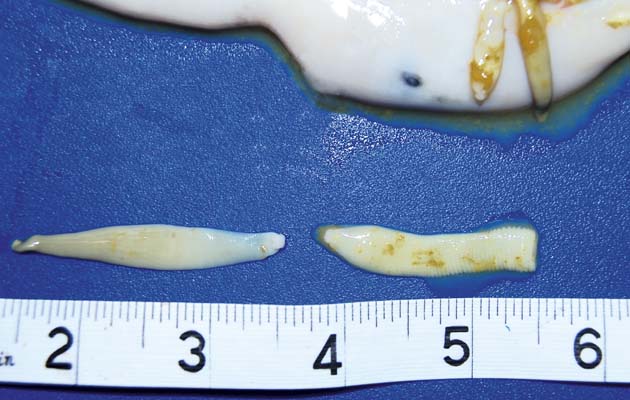

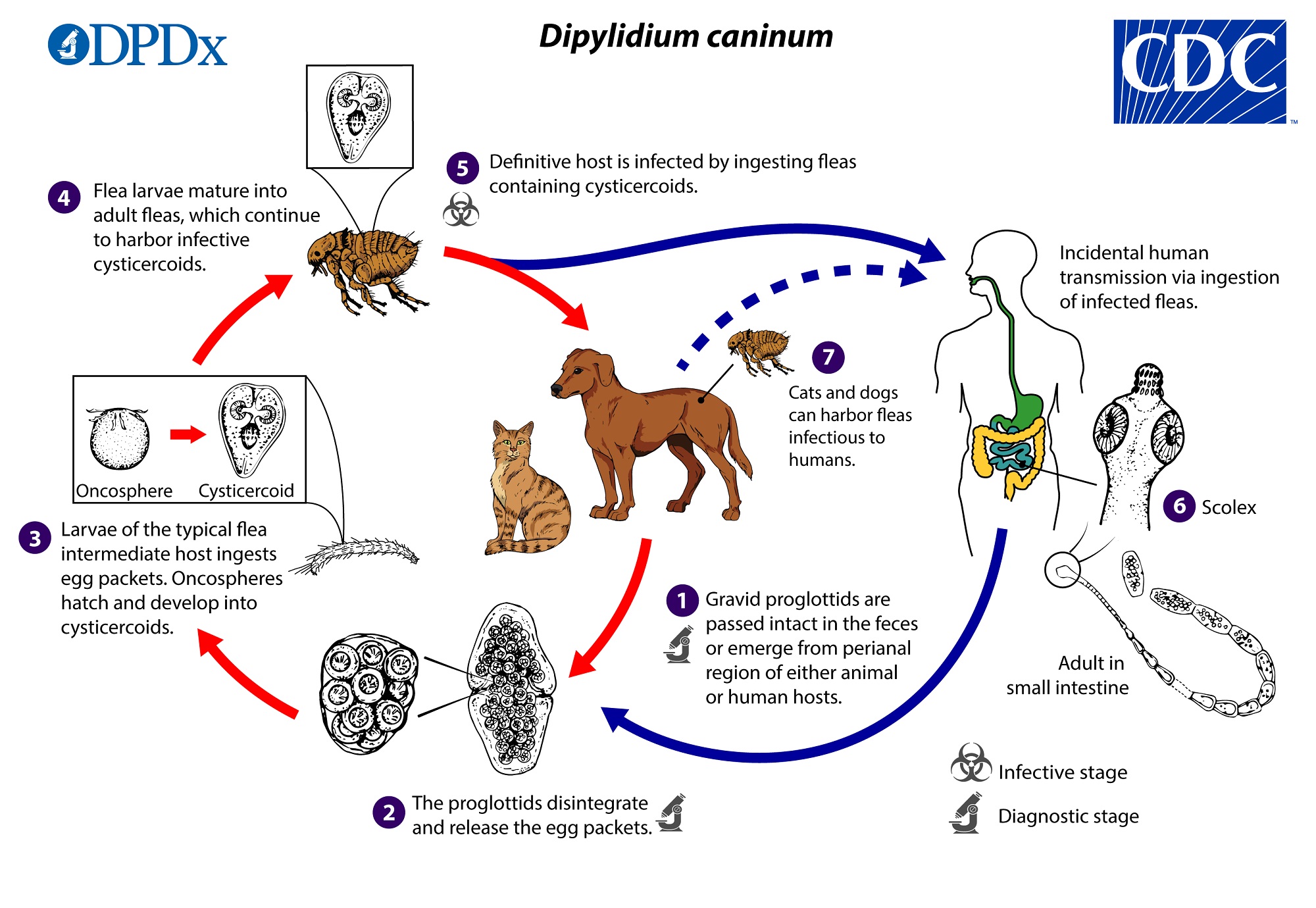
/tapeworm-infection-overview-4163644_final-23b225483f984a0c8a6c65f3b07aa87d.png)
